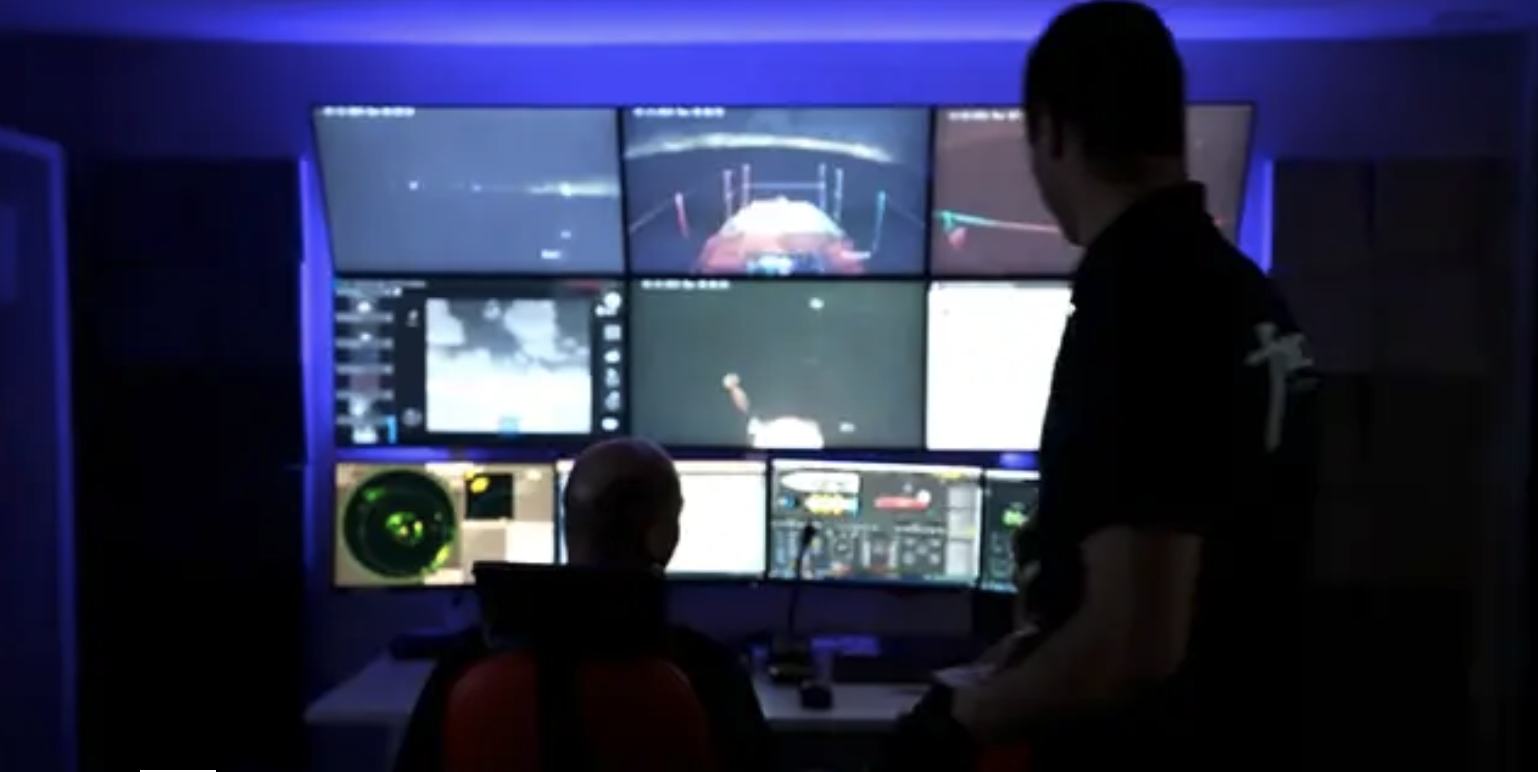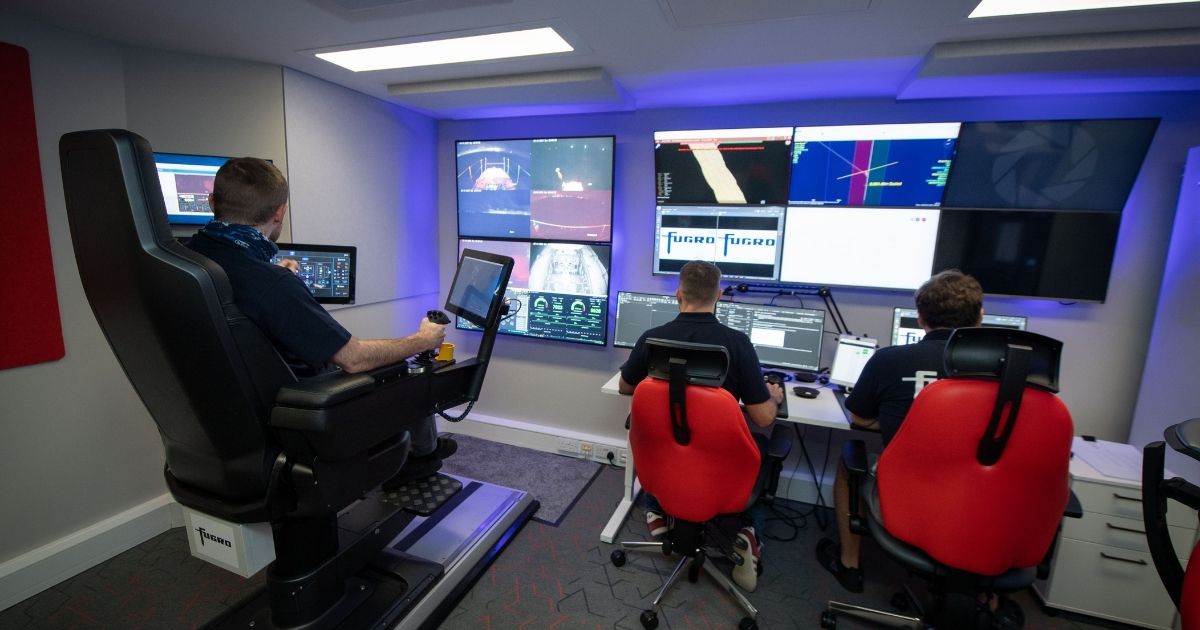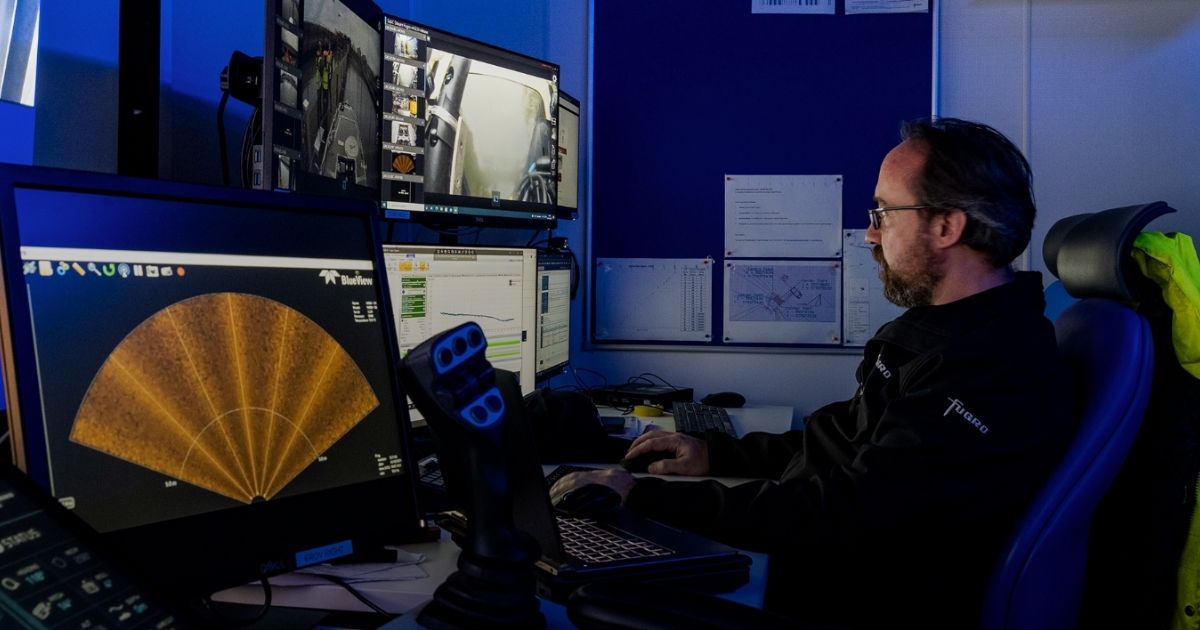For decades offshore operators have been realizing the benefits that innovative technology has brought to site characterization and asset integrity projects. Remote solutions are elevating these benefits to the next level and are fast becoming as established as the everyday solutions we witness.
Pioneering technology
The concept of operating offshore navigation systems remotely, controlled by people on land, is not new. But it has taken around 15 years of technological development - and changing mindsets - to turn it into reality. Today remote solutions are delivering safe, continuous operations, increasing efficiency and enabling faster and better-informed decision making in offshore projects. At the same time CO2 emissions are drastically reduced and HSSE risk exposure minimized.
The offshore industry is undergoing a remote and autonomous revolution. Building on its past successes in the development of remote technology such as aerial drones and autonomous underwater vehicles (AUVs), Fugro has built a global network of remote operations centers (ROCs) to deliver a range of remote solutions.
 A global network of ROCs provides a centralized hub for onshore experts to manage offshore operations, equipment and vessels
A global network of ROCs provides a centralized hub for onshore experts to manage offshore operations, equipment and vessels
Dynamic people plan
As vital as a focus on continuous development, having the right personnel determines the ability to deliver remote solutions. Having a diverse talent pool where cognitive skills, mental resilience and an openness to new ways of working are blended with traditional competences such as electronics, mechanics and hydraulics are fundamental. For example, Fugro has invested in a dynamic people plan to match the speed of technological evolution to ensure that our ROCs always function as ‘mission critical’ facilities.
Wide range of remote capabilities
The significant role of ROCs, and the breadth of remote solutions they offer, is validated by successfully completed projects, some recent examples:
- Heading to the North Sea from the Dutch port of Rotterdam, Fugro’s Blue Essence - the first offshore certified uncrewed surface vessel (USV) with the ability to launch and recover an electric remotely operated vehicle (eROV) - performed a pipeline inspection project. Throughout the project, the USV and its underwater robot were operated from a control room onshore, via a satellite connection.
- In northwest Australia, a pipeline inspection for a major operator utilized a remotely operated USV, equipped with an eROV. The USV was navigated by Fugro’s remote operations team located 1,500 kilometers away and covered 1,300 nautical miles. During the landmark underwater inspection, the fuel consumption of the USV compared to a traditional vessel, CO2 emissions were 97% lower.
- Assuring the schedule of a drillship off West Africa, Fugro removed the need for an onboard mobilization crew – together with the associated costs and logistics – when it carried out positioning from one of its ROCs during vessel mobilization.
- Adding flexibility to the operational schedule of a crewed inspection, repair and maintenance vessel, launching of the ROV was controlled from a ROC, as well as ROV piloting and recovery.
 Fugro experts managing offshore operations from Fugro’s Remote Operation Center in Aberdeen
Fugro experts managing offshore operations from Fugro’s Remote Operation Center in Aberdeen
Business continuity
In an industry where the daily cost of a drillship can exceed $200,000 per day, operational downtime must clearly be avoided. Equipment failure, logistical problems, safety incidents and hazardous weather conditions have the potential to interrupt offshore projects; but in 2020 the industry had to manage new and unexpected challenges.
As the coronavirus pandemic brought about measures that included travel restrictions and heightened risk mitigation processes, one result was a drastic increase in remote working. Not only did office staff adapt to working from their homes but for offshore projects the adaptation was to remote operations. The pandemic served as a catalyst for advancing remote operations and in its wake technologies and behaviors continue to evolve.
Business continuity has never been so crucial and remote services that are both flexible and scalable are an attractive proposition. When it’s possible to deliver enhanced Geo-data insights via ROCs that provide fast, safe and efficient services around-the-clock, offshore operations can continue.
An exciting future
A remarkable milestone is on the horizon for remote operations. For Fugro, clocking up over 350,000 remote project hours in 2021 has been possible thanks to a unique combination of talented personnel and a pioneering culture; increased utilization of ROCs, more USVs and a changing client mindset indicates that the 500,000-hour milestone is easily attainable.


